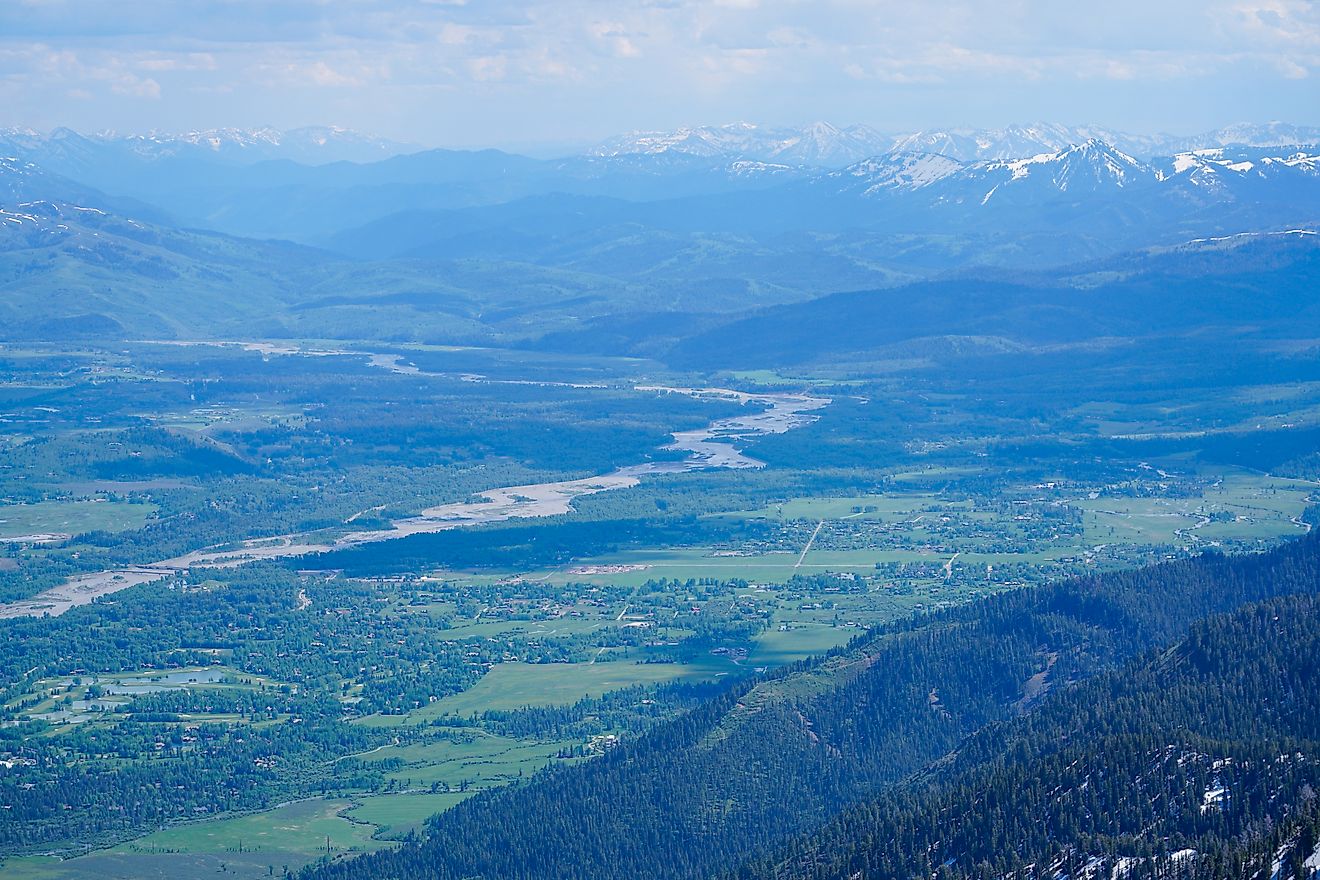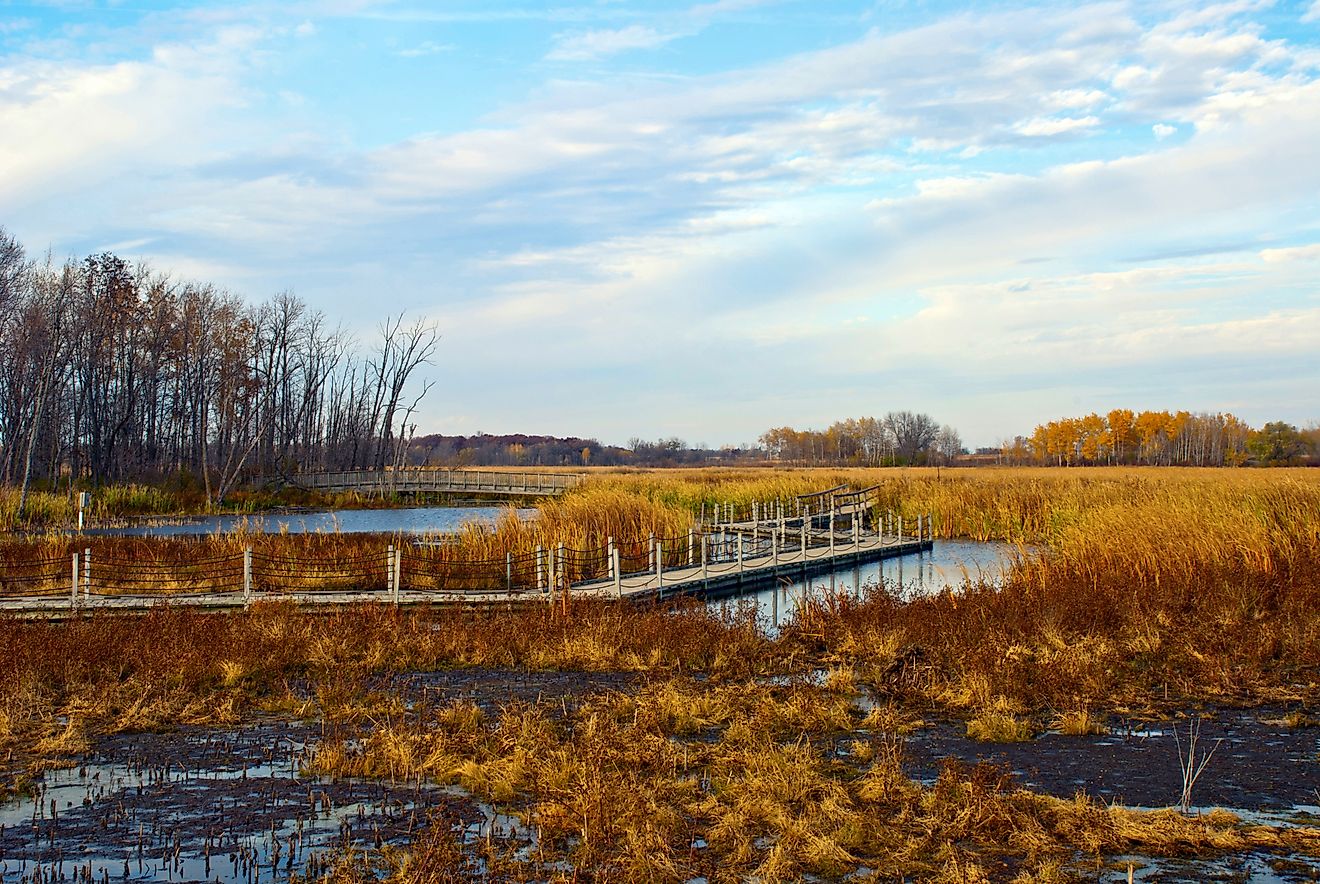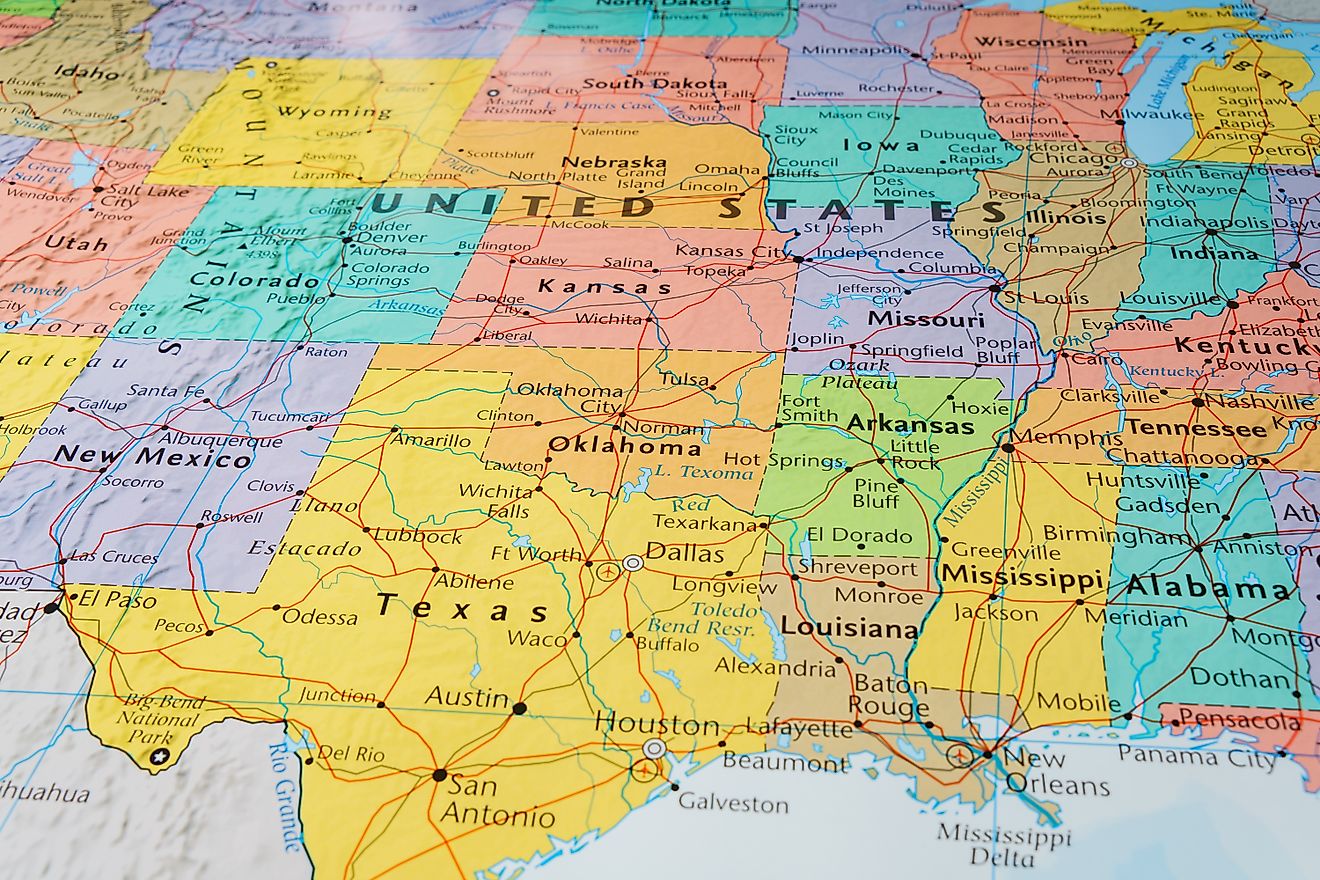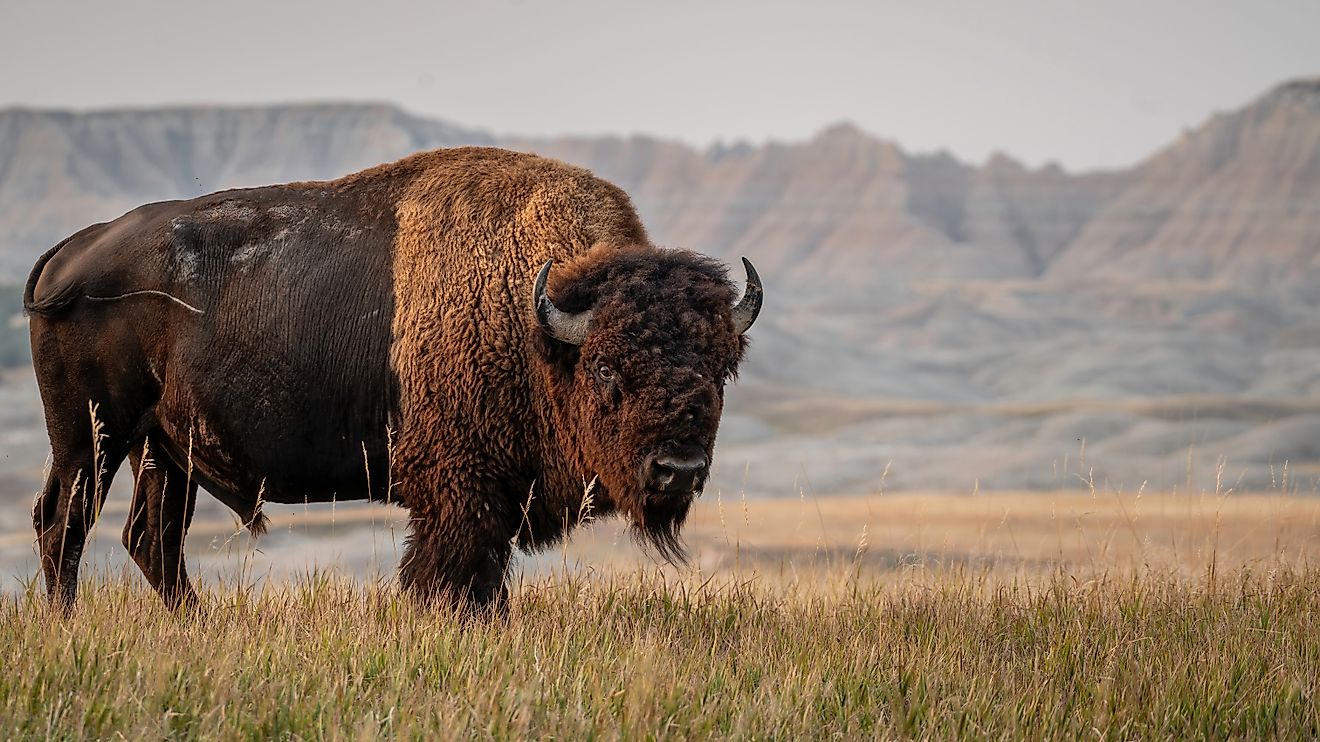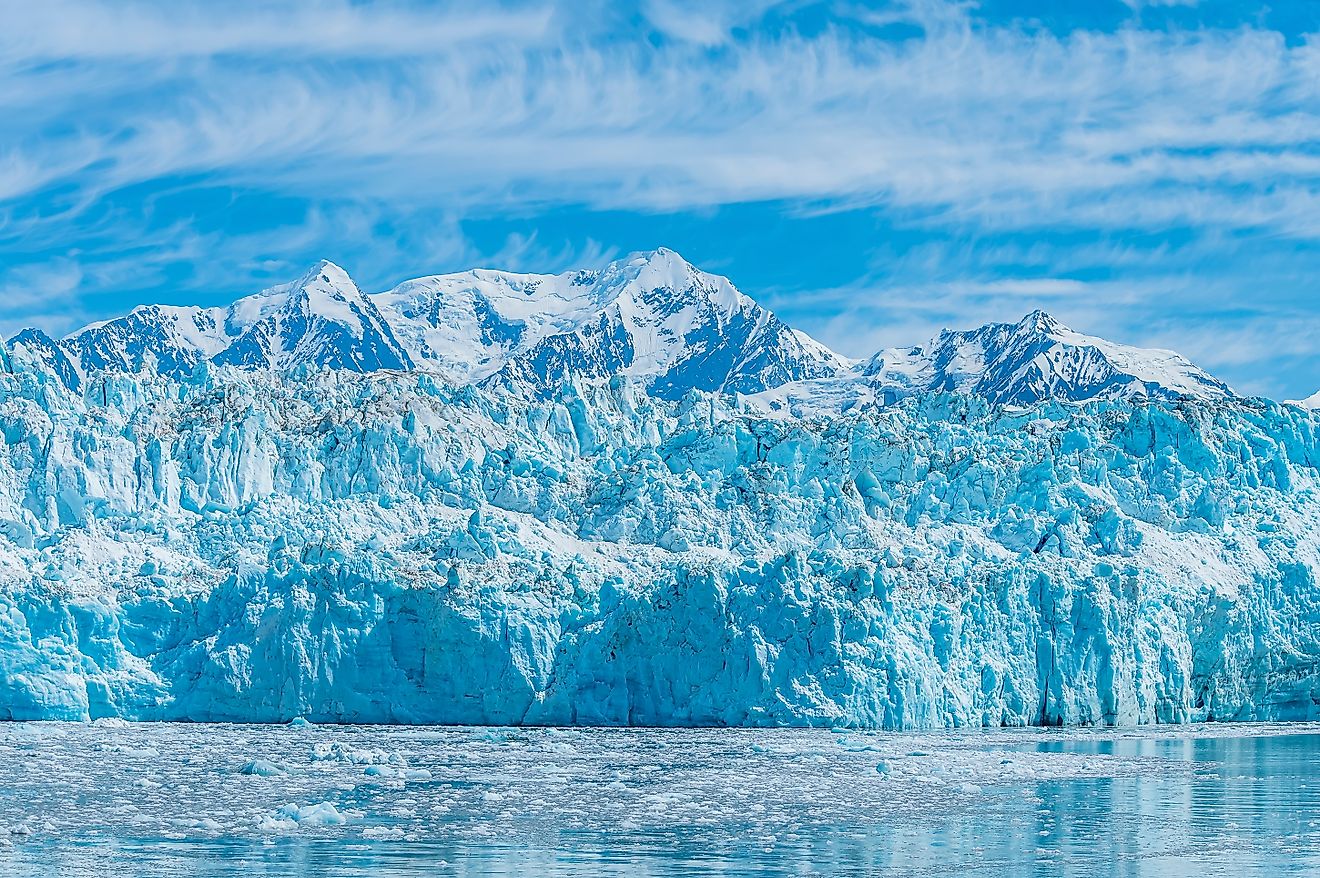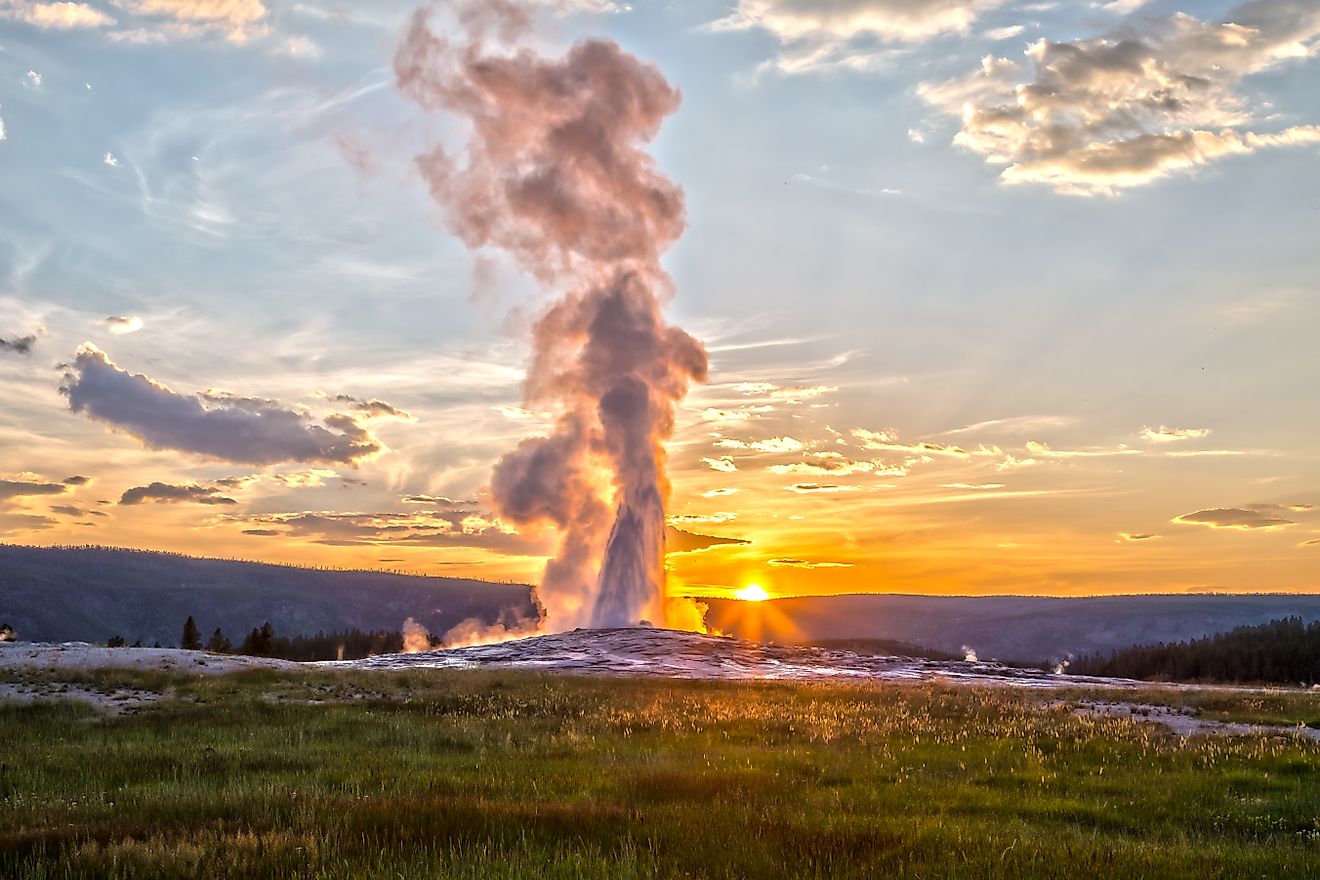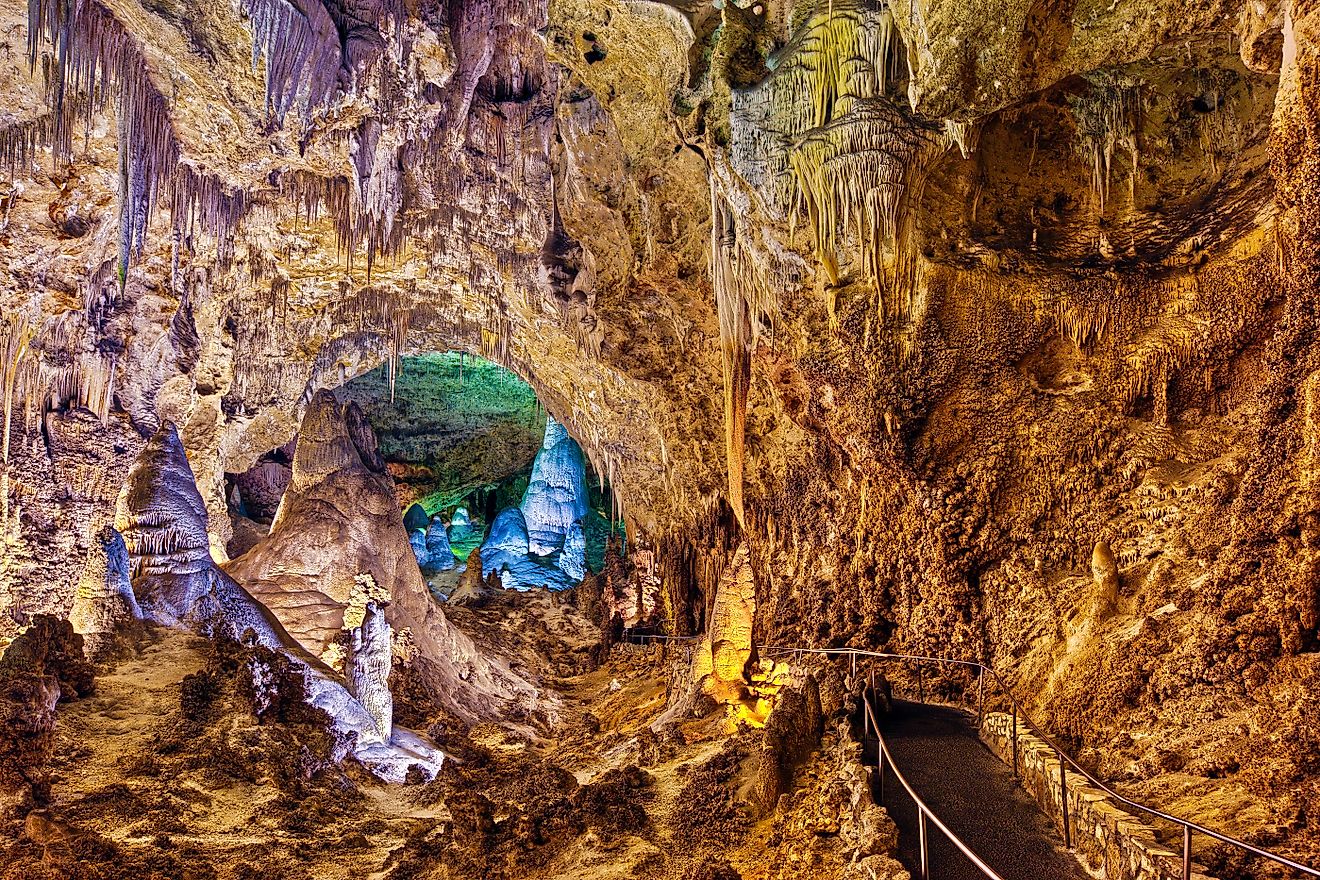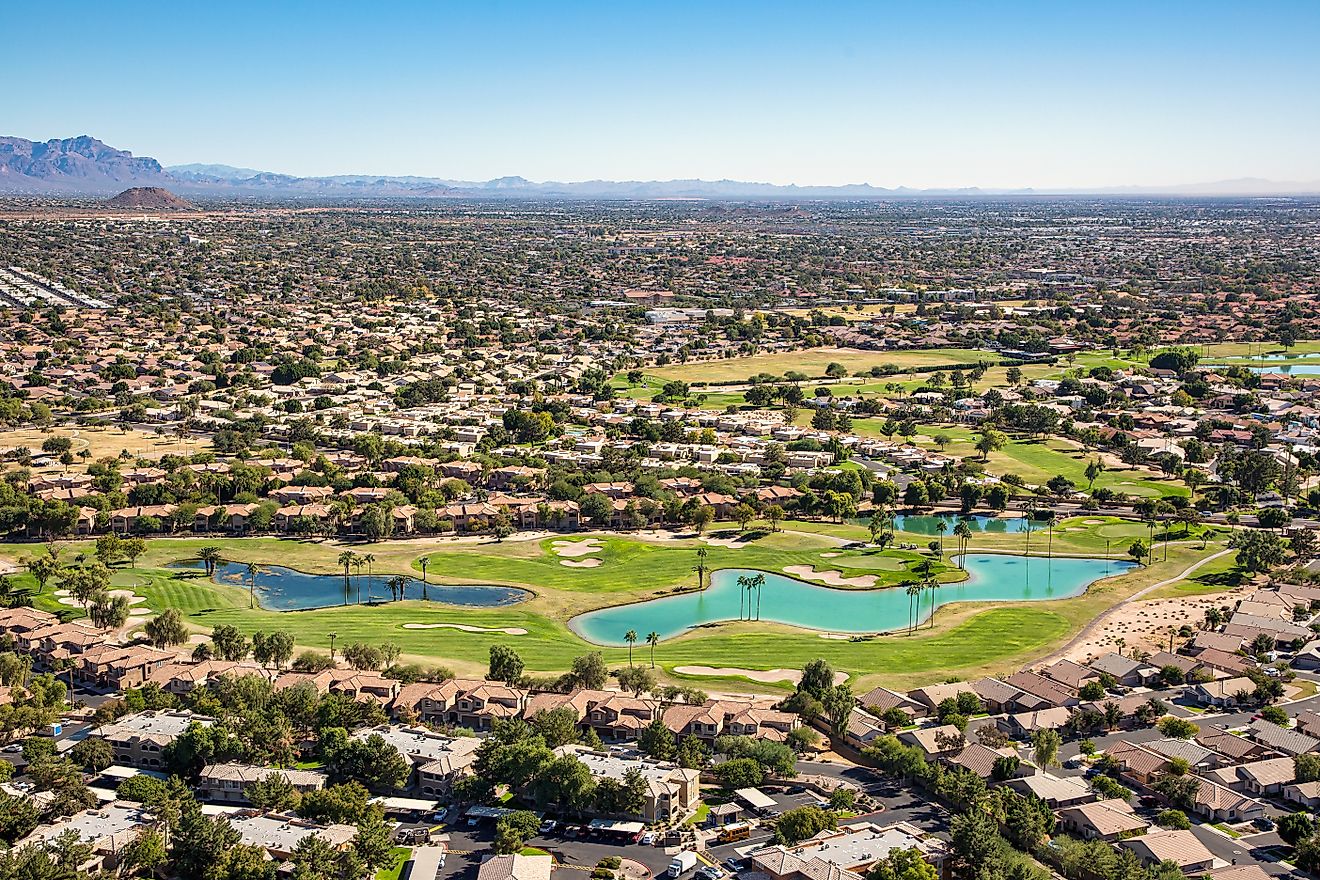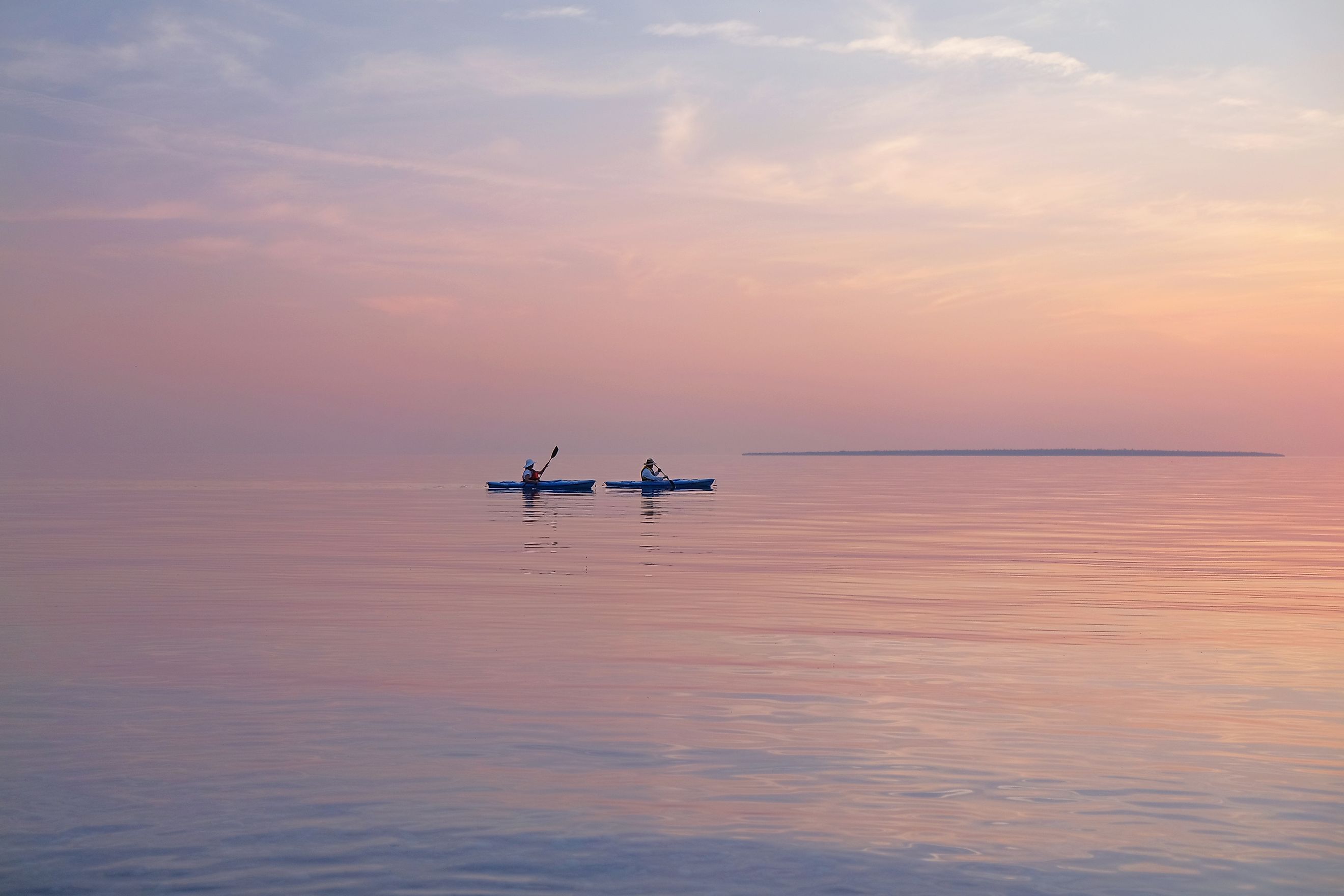
The 5 Largest US Lakes by Volume
When most people think of lakes, they picture shimmering waters, peaceful boat rides, and maybe a family vacation or two. But when it comes to the biggest lakes in the United States—especially by volume—these bodies of water are much more than postcard scenery. They are geological marvels, vital ecosystems, recreational powerhouses, and key players in regional economies.
In this deep dive, explore the five largest lakes in the US by volume, unpacking not just how much water they hold, but what makes each one unique—from landscapes and wildlife to human use and cultural importance.
Largest US Lakes by Volume
| Rank | Lake Name | Volume (cubic km) | Surface Area (sq km) | Primary States/Location |
|---|---|---|---|---|
| 1 | Lake Superior | 12,100 | 82,100 | Michigan, Minnesota, Wisconsin |
| 2 | Lake Michigan | 4,918 | 58,000 | Michigan, Wisconsin, Illinois, Indiana |
| 3 | Lake Huron | 3,540 | 59,600 | Michigan, Ontario (Canada) |
| 4 | Lake Ontario | 1,639 | 19,000 | New York, Ontario (Canada) |
| 5 | Lake Powell (Reservoir) | 30.8 | 653 | Utah, Arizona |
Lake Superior
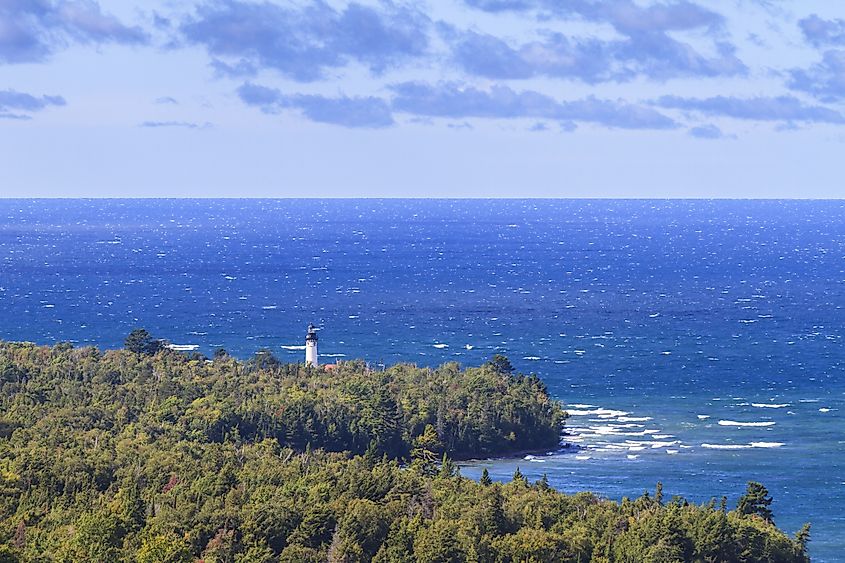
Volume: 12,100 cubic kilometers
Surface Area: 82,100 square kilometers
Location: Borders Michigan, Minnesota, Wisconsin, and Ontario, Canada
Lake Superior is not only the largest lake in the United States by volume, but it’s also the largest freshwater lake by surface area in the world. Holding more water than all the other Great Lakes combined, Lake Superior contains about 10% of the planet’s fresh surface water. It's cold, clear waters make it one of the cleanest of the Great Lakes
The lake’s origins date back over a billion years to ancient tectonic activity and glacial carving. Today, its striking features include sheer cliffs, rugged shorelines, and dense boreal forests. Thunder Bay, the Apostle Islands, and Pictured Rocks National Lakeshore are some of the highlights along its dramatic coastline.
Boating, kayaking, scuba diving (particularly shipwreck diving), and hiking are popular activities on Lake Superior. It is also used for commercial shipping, thanks to its deep harbors and connection to the St. Lawrence Seaway. However, due to its size and frequent storms, it’s sometimes called the “Graveyard of the Great Lakes.”
Lake Michigan
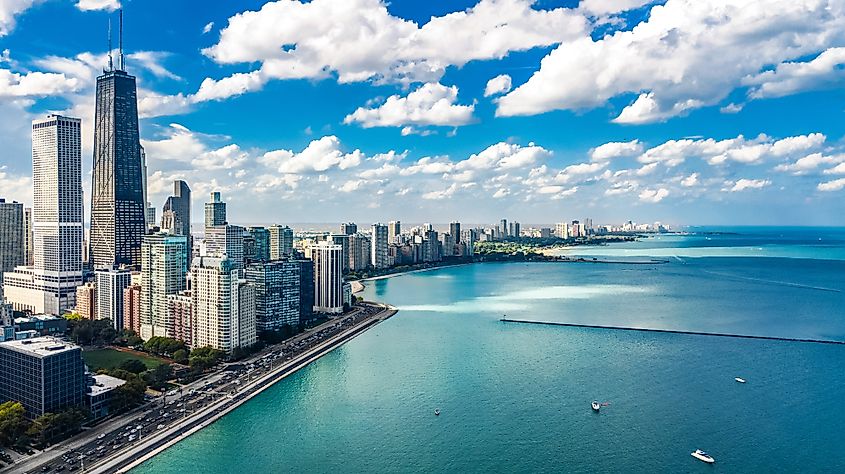
Volume: 4,918 cubic kilometers
Surface Area: 58,000 square kilometers
Location: Entirely within the United States; bordered by Michigan, Wisconsin, Illinois, and Indiana
Lake Michigan is the only Great Lake located entirely within the US. Its vast waters stretch from the north woods of Wisconsin to the urban sprawl of Chicago, offering a mix of natural wonder and metropolitan culture.
The lake was shaped by glacial retreat around 10,000 years ago and features sandy dunes, rocky bluffs, and deep, clear water. Popular beaches and lighthouses dot the coast, especially in western Michigan and northern Indiana.
Lake Michigan pulses at the heart of the Midwest, shaping everything from summer escapes to city skylines. Its vast waters support a mix of recreation and industry—beachgoers flock to its shores while cargo ships glide into ports that fuel regional economies. Chicago and Milwaukee, two major cities perched on its edge, have built their identities around the lake, drawing energy and culture from its presence.
But this is no static landscape. Beneath its surface, efforts to restore native fish like trout, bass, and perch continue amid ongoing battles against pollution and invasive species such as zebra mussels. Lake Michigan is as complex as it is iconic—an ever-evolving mix of natural beauty, urban utility, and ecological challenge.
Lake Huron
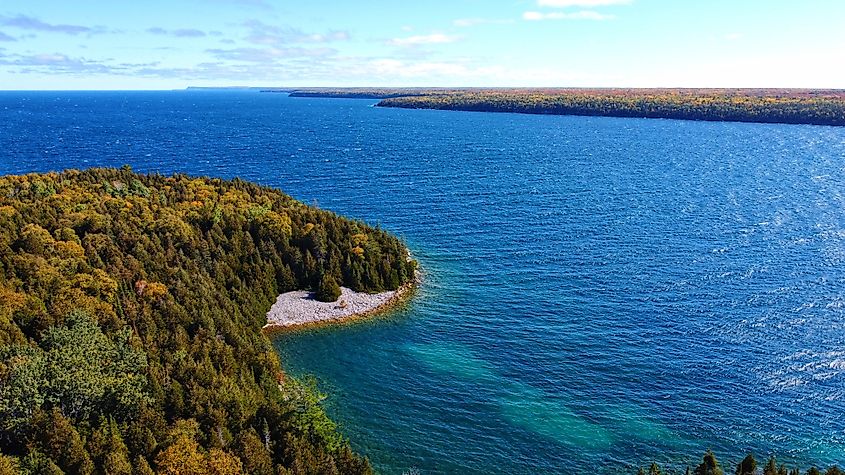
Volume: 3,540 cubic kilometers
Surface Area: 59,600 square kilometers
Location: Borders Michigan and Ontario, Canada
Lake Huron, often overshadowed by its neighbors, is a powerhouse in its own right. It features the longest shoreline of the Great Lakes, due in part to its many bays and inlets—including the Georgian Bay and Saginaw Bay. Its waters weave through more than 30,000 islands, including Manitoulin Island, the largest lake island in the world.
Sailing, canoeing, and fishing are popular pastimes, especially around Georgian Bay. The lake is also important for commercial shipping, connecting to Lake Erie via the St. Clair River. Huron’s Thunder Bay National Marine Sanctuary preserves a rich collection of shipwrecks, offering some of the best freshwater diving in North America.
Lake Huron supports numerous fish species and migratory birds, but has been particularly affected by invasive species like the sea lamprey and round goby. Conservation efforts are ongoing to restore the lake’s natural balance.
Lake Ontario
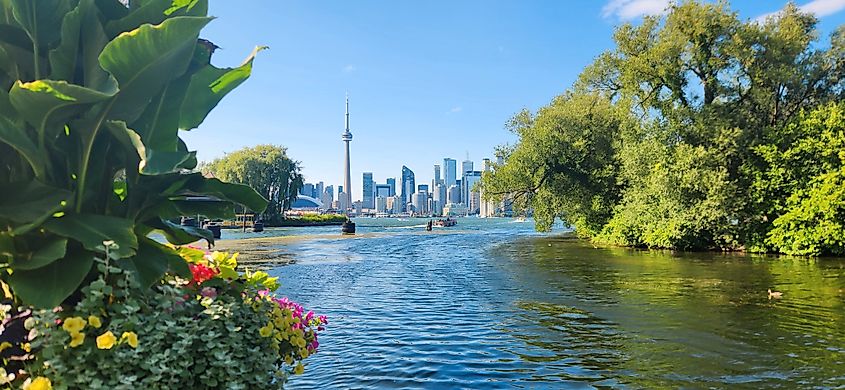
Volume: 1,639 cubic kilometers
Surface Area: 19,000 square kilometers
Location: Borders New York and Ontario, Canada
Lake Ontario is the smallest of the Great Lakes by surface area, but still impressively deep and voluminous. It serves as the outlet to the Atlantic Ocean via the St. Lawrence River, making it critical for transportation and trade.
The lake’s shoreline is dotted with charming towns, bustling cities, and expansive parklands. Toronto, Canada’s largest city, sits on its northern shore, while Rochester and Oswego are key US port cities.
Fishing—especially for salmon and trout—is a big draw. Sailing and waterfront festivals are common in summer, particularly in Ontario. The lake also supports major hydroelectric projects and is essential to regional agriculture, supplying irrigation and climate moderation.
Lake Ontario has faced heavy pollution in the past, but cleanup efforts have improved water quality and biodiversity. Its ecosystem supports diverse aquatic life, though it remains vulnerable to climate stress and runoff from surrounding development.
Lake Powell
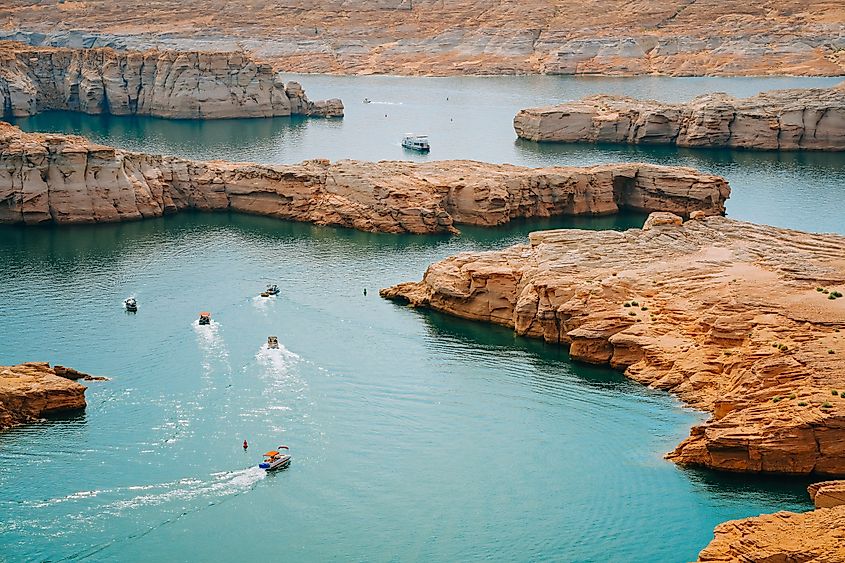
Volume: 30.8 cubic kilometers
Surface Area: 653 square kilometers
Location: Straddles the Utah-Arizona border
Unlike the natural Great Lakes, Lake Powell is a man-made reservoir created by the flooding of Glen Canyon by the Glen Canyon Dam on the Colorado River. Though smaller in volume than the others on this list, it’s the largest reservoir in the US and plays a key role in water storage and hydroelectric power.
Tucked into the dramatic red rock canyons of the Southwest, Lake Powell is a visual masterpiece—its deep blue waters winding through sculpted sandstone, creating a striking contrast that draws photographers, adventurers, and nature lovers. But beyond its beauty, Lake Powell plays a vital role in the region’s survival. It serves as a key reservoir, storing water for millions across the arid Southwest, while also powering hydroelectric turbines that keep the lights on in surrounding communities. From houseboating and kayaking to fishing and swimming, recreation thrives here—but so does the essential infrastructure that keeps the desert livable.
While Lake Powell creates valuable recreational and resource benefits, it’s also controversial. Environmentalists argue that it disrupted a unique desert ecosystem and submerged significant archaeological sites. Ongoing drought and water shortages in the Colorado River Basin have further raised concerns about its sustainability.
More Than Just Water
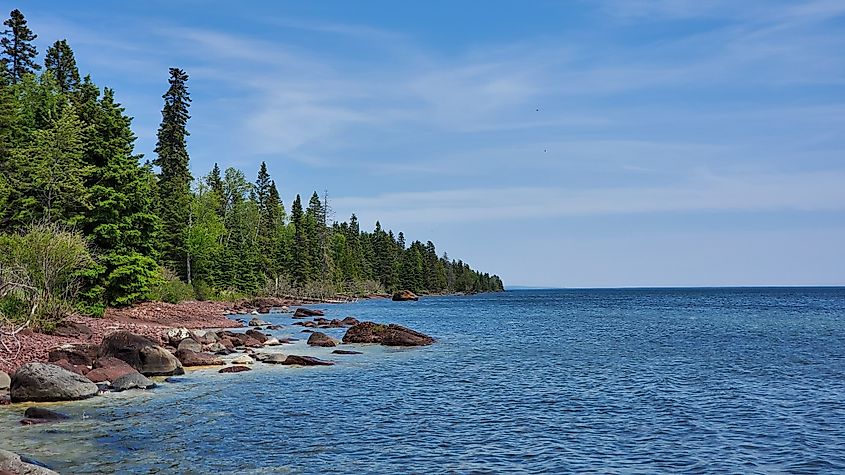
The largest US lakes by volume are more than just geographic trivia—they’re living systems that support wildlife, sustain economies, and enrich our lives. Whether shaped by glaciers or built by humans, these lakes are vital to the natural and cultural fabric of the United States.
From the stormy depths of Lake Superior to the red rock coves of Lake Powell, these lakes invite exploration, conservation, and awe. Their sheer size is staggering, but it’s the details—the shipwrecks beneath, the fish swimming silently, the families skipping rocks along their shores—that make them truly unforgettable.
